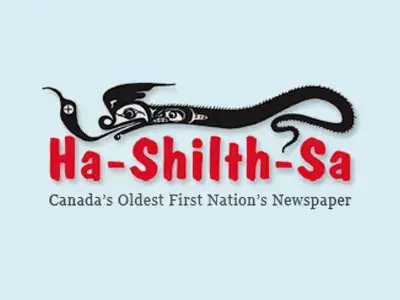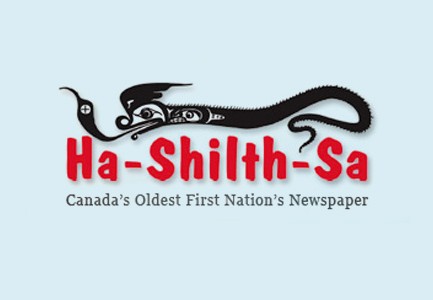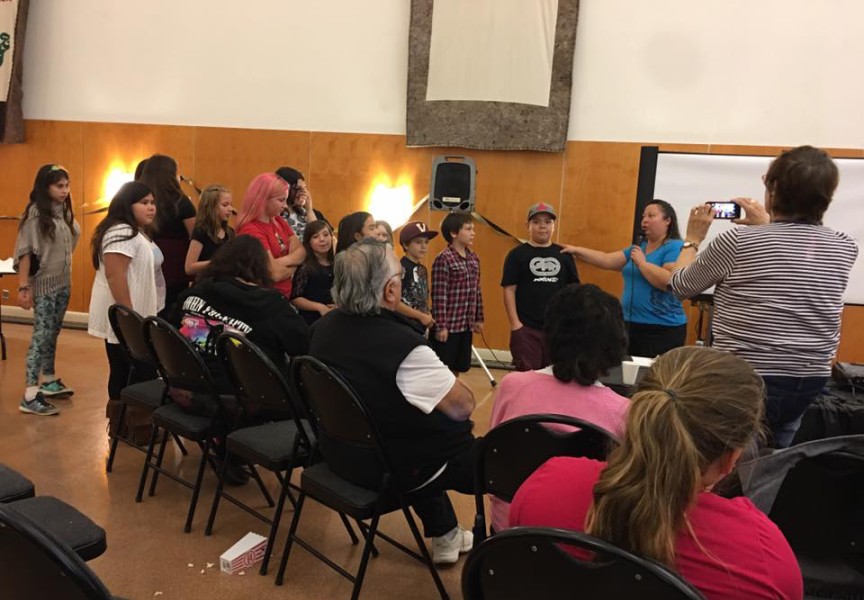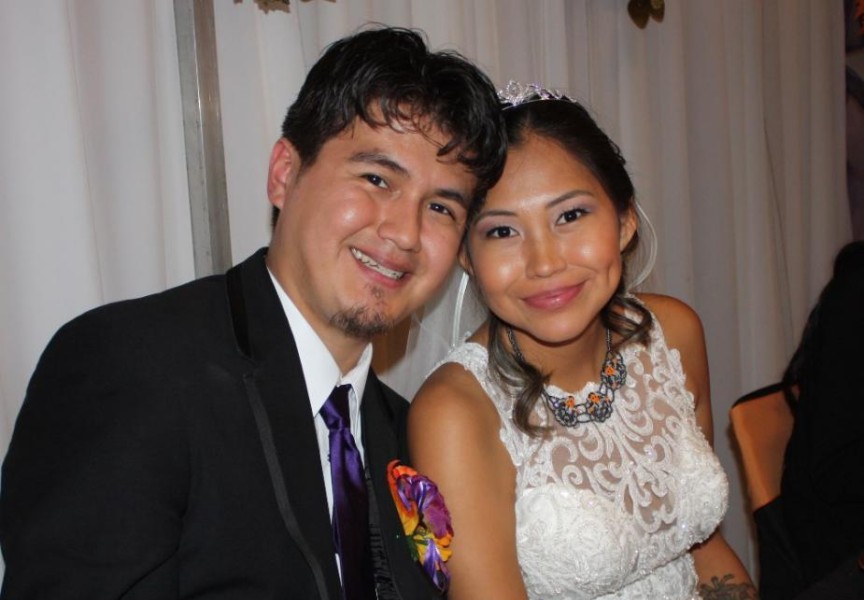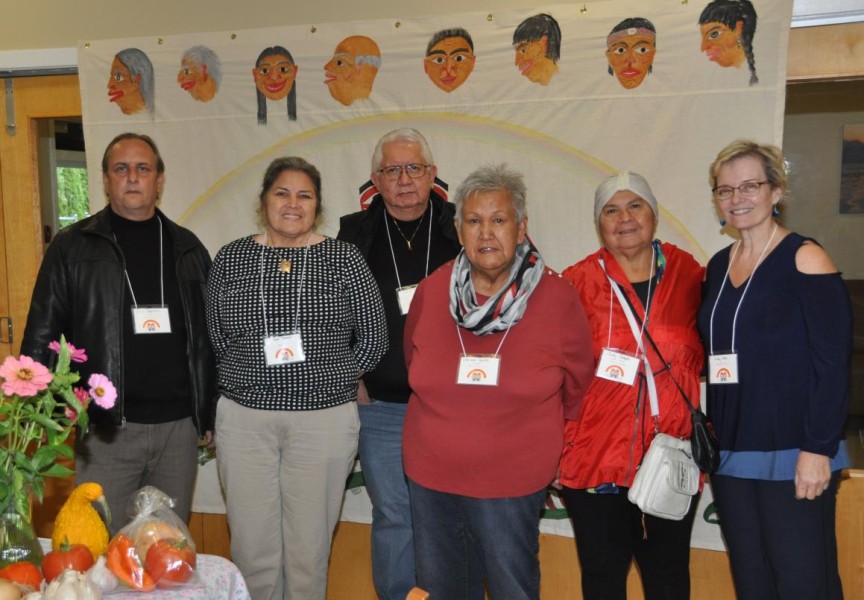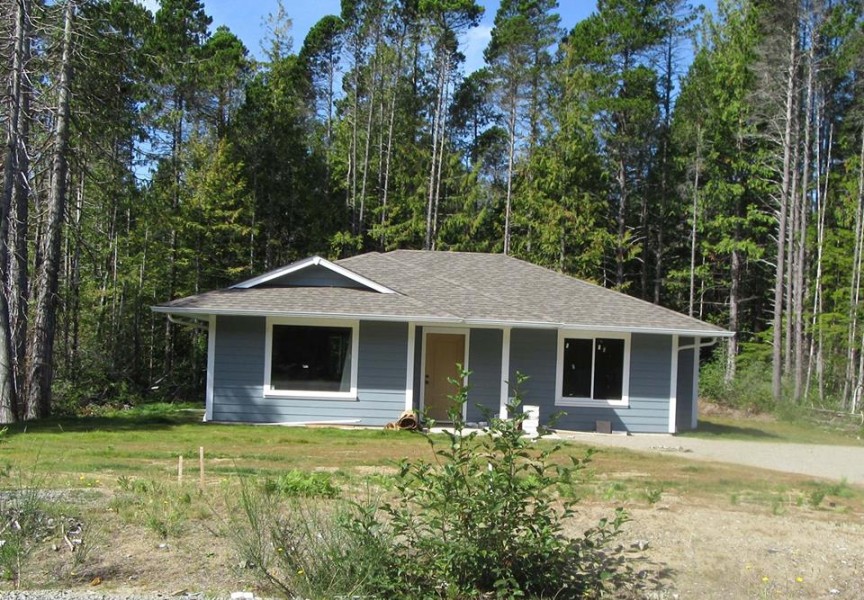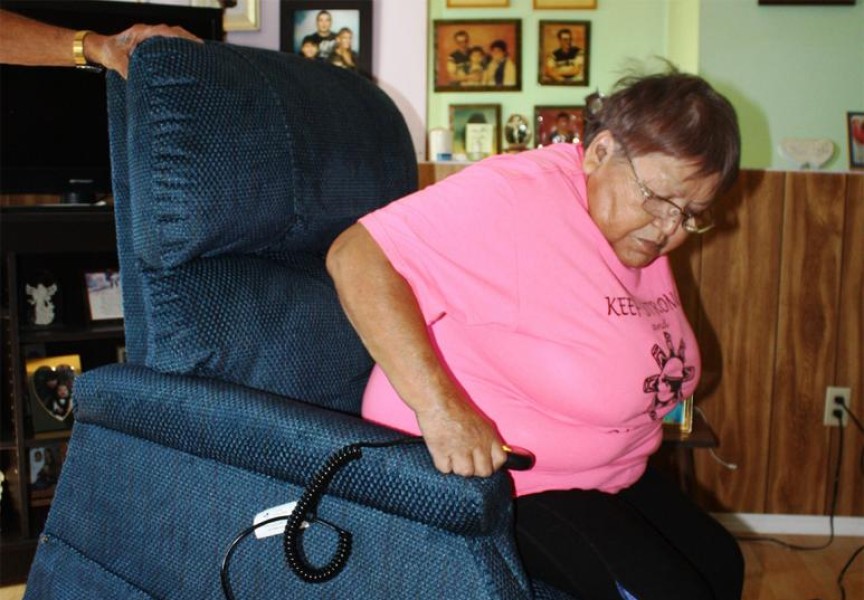There are a lot of unknowns around the anticipated bulk of Japanese tsunami debris expected to arrive next year on West Coast shores, said Jonn Braman, regional director and coordinator of the Tsunami Debris Coordinating Committee. The TDCC is a joint federal/provincial committee with the mandate to respond to tsunami debris.
Braman visited the Nuu-chah-nulth Tribal Council annual general assembly on Day Two, Sept. 27. He assured the group that all testing done on tsunami materials has indicated that the material will not be radioactive.
The material had moved off shore, he said, before the catastrophic reactor failures at the Fukushima nuclear complex, which was damaged by the earthquake and tsunami that devastated northeastern Japan on March 11, 2011.
But what is a real concern, said Braman, is the alien invasive species that could be attached to the debris. Earlier this year, a large dock from Japan hit the shore in Oregon with certain organisms attached that “we really would not like to take ahold of here,” he said. The committee is awaiting an alien invasive species report that is expected to be released in a couple of weeks.
Braman told the delegates that the debris is not clumped together in a field the size of Texas, as many people believe. The pile has broken up, and 70 per cent of the material has sunk in deep waters. What remains is about 1.5 million tonnes.
How quickly it arrives will be dependent on winds and currents. It is believed the heavier stuff will arrive next year, but Braman said he would not be surprised if it started to hit shore with this year’s November storms.
Where it will come ashore cannot be estimated.
“Somewhere on our coast,” said Braman.
When?
“Sometime.” And at a varied rate.
How much? Can’t tell.
The government, he said, remains flexible to whatever comes, but there is no one government agency responsible for tsunami debris, and there is no big pot of money to deal with it.
And that’s one of the concerns from the West Coast First Nations’ perspective.
“We should not have to bear the costs for being the front people on this issue,” said Huu-ay-aht’s Mexis, Tom Happynook. He moved that the Nuu-chah-nulth Tribal Council strike a tsunami debris working group that each nation would appoint a representative to and that Ahousaht’s Curtis Dick take the lead role on it. Dick has been on top of this file for some time as the emergency coordinator for his community.
Dick accepted the role, and told Braman that he was glad that Jim Standen, assistant deputy minister for the B.C. Ministry of the Environment, appointed by the province to head the debris field working group, had been to the West Coast to speak with the larger communities.
Dick was disappointed, however, that Standen did not visit the smaller communities. Dick said these small communities have limited infrastructure to deal with tsunami debris, and have already overburdened budgets.
Ahousaht is preparing for the worst, said Dick. They are doing an inventory of such things as water taxis, barges, he said. Once the community picks up the material, he wonders what they are expected to do with it? Will they have to store it? Where? Will government pick up the tab to barge out the material?
“We have a lot of work to do as communities to plan for this.”
Braman was encouraged by the discussion, he said. The issue of funds and what it is going to cost to remove materials is a good one, he said
“We don’t know how much is going to be collected,” but if it becomes overwhelming, the province has promised to “step up,” Braman said. What is really required now is monitoring, he added.
The tribal council asked to be included on Braman’s committee, and he said that was welcome news.
NTC President Cliff Atleo told Braman that Nuu-chah-nulth Nations cannot be ignored.
“We want to be on your map,” he said. “Nuu-chah-nulth really want to be a part of this… We have a lot of experience… It’s something that we can’t ignore, and something that we have to deal with as a collective… Our folks are keen to get at solutions… Our people are ready to help, participate. We are the front line… Our message is simple. Nuu-chah-nulth want to be there.”
Atleo said there will be a need for fiscal support.
“If it’s not in the provincial coffers, we say why not?”
Braman said the support from the table was more than he expected or anticipated.
“You’ve made my job that much less difficult,” he said, adding “Boots on the ground is really what’s going to count.”
Later in the day the delegates passed a motion the reads:
“That a Nuu-chah-nulth tsunami debris working group be established and that Curtis Dick, Ahousaht, be appointed in the lead role; that a letter be sent to the Tsunami Debris Planning Committee requesting a seat for Nuu-chah-nulth; and that the NTC executive pursue funding for this committee.” It was moved by Tom Happynook and seconded by Archie Little and was carried by the group.

